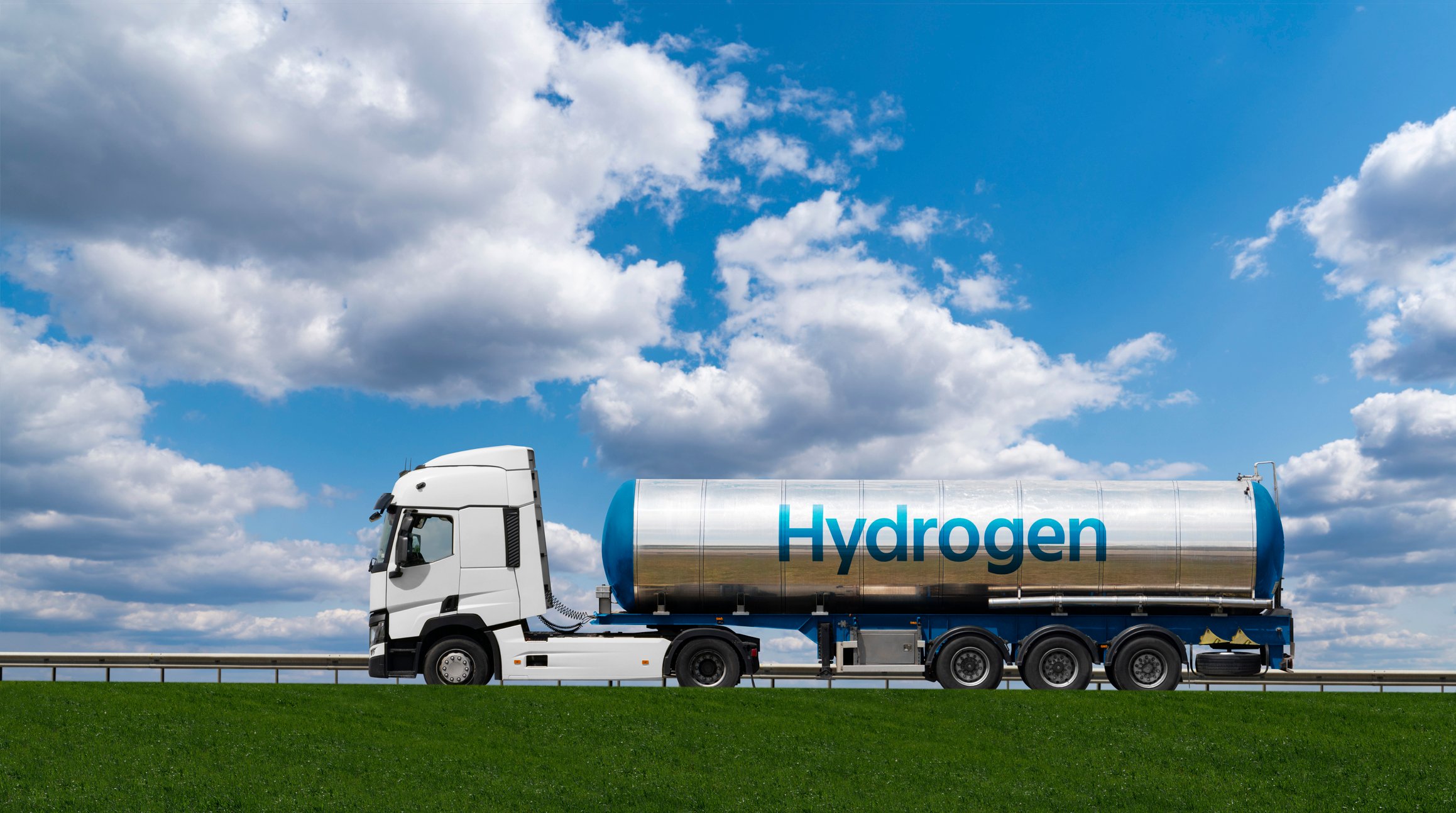The average nuclear power plant generates 20 metric tons of nuclear waste every year, while America's entire nuclear fleet produces about 2,000 metric tons. That has added up to over 70,000 metric tons in the past 40 years. It's not a big volume, relatively speaking, but the problem is usually associated with the length of time it remains hazardous. The good news is that General Electric (GE +1.07%) and nuclear partner Hitachi have been working hard building the Generation IV PRISM reactor and Advanced Recycling Center , or ARC, which can consume up to 96% of spent nuclear waste and produce carbon-free energy.
Several other companies are tackling the problem with novel reactor designs, too, but cleaning up nuclear waste only reduces part of the risk associated with atomic energy. What happens if or when disaster strikes, as it did in Chernobyl and Fukushima? Erecting a quarantine zone is our current best solution, but Aaron Berliner thinks we can do better. An Autodesk (ADSK +0.07%) employee working on the Bio/Nano/Programmable Matter Group by day and a hopeful entrepreneur by night (Autodesk has no affiliation with Berliner's start-up), Berliner wants to build a biological solution to nuclear contamination. Could it work?
Project Gamma Hungry
The idea behind Project Gamma Hungry is simple in theory -- perhaps too simple, according to some critics -- but has yet to be proven. That's why Berliner has a Kickstarter project hoping to raise $110,000 to find out. It's woefully short of its funding goal as of this writing, although Berliner told me he plans to test his hypothesis with or without the funds. Housing his company in Berkeley Biolabs, a hybrid start-up incubator and accelerator, will certainly help. How does it work and what does he need to do?

The project in three simplified steps. Source: Beyond Berlin.
Berliner aims to engineer the fungus Cladosporium sphaerospermum -- found living in the Chernobyl quarantine zone -- with genes from the bacterium Shewanella oneidensis -- which can add electrons to metal ions (chemical reduction) to stabilize them. The fungus has been reported to have the ability to convert radiation into cellular energy, which means it can survive the radiation encountered during a remediation project. Give it the genes to stabilize uranium and make it water soluble and, viola!, you could theoretically clean up (at least partially) water and soil contaminated with nuclear radiation at sites such as Chernobyl and Fukushima.
While Autodesk doesn't offer formal support for Project Gamma Hungry, it has given Berliner the freedom to pursue such a crazy idea. That's exactly what the incubator-like Bio/Nano/Programmable Matter Group is all about: pushing the envelope of what is possible, challenging accepted viewpoints, and pursuing ideas that seem crazy given the status quo. After all, Autodesk is working on a software platform that could allow anyone to design with biology, which could one day lead to hospital-grown livers or gold-recycling microbes. BioCAD, not AutoCAD, could turn out to be the company's best way to reward investors.
Commercial implications
Will this project work? There isn't much data to support the hypothesis, but humans have learned an awful lot from scientific failures, too. It's important to note that biological remediation is far from science fiction. Scientists credited deep-sea, petroleum-munching microbes for mitigating the impacts of the Deepwater Horizon oil spill in 2010. Meanwhile, companies such as General Electric and DuPont (NYSE: DD) have funded and studied technologies (link opens PDF) for remediating solid and organic waste sites -- some of which they own.

In some instances, permeable reactive barriers are aided by biological tools (microbes). Source: U.S. Environmental Protection Agency.
In other words, it's quite possible that even if Berliner fails this time around, one day we'll have a biological tool for cleaning up potential nuclear disasters. Such a tool could even be funded or acquired by General Electric, DuPont, or a government. There are obstacles, such as getting environmental release permits and figuring out how to pump the radioactive groundwater into a bioreactor in the first place, but biological remediation technologies offer many advantages over current solutions. Oftentimes, we don't even have a solution.
Foolish final thoughts
I'm not too confident that Project Gamma Hungry will raise the necessary Kickstarter funding by its deadline, nor am I too confident this idea will work on the first iteration, but I'm happy someone is trying to solve one of the tough problems our world faces. If we can successfully de-risk atomic energy by creating solutions for nuclear waste and nuclear contamination, then we could be one step closer to slowing the advance of climate change. The field of synthetic biology could even spur companies such as General Electric -- which will soon have a solution to nuclear waste from power plants -- and DuPont to further investigate biological remediation tools. Commercializing such tools could spawn an entirely new industry and help protect our planet. What's better than monetizing something that's unanimously accepted as a cost and "doing good" in the process?







